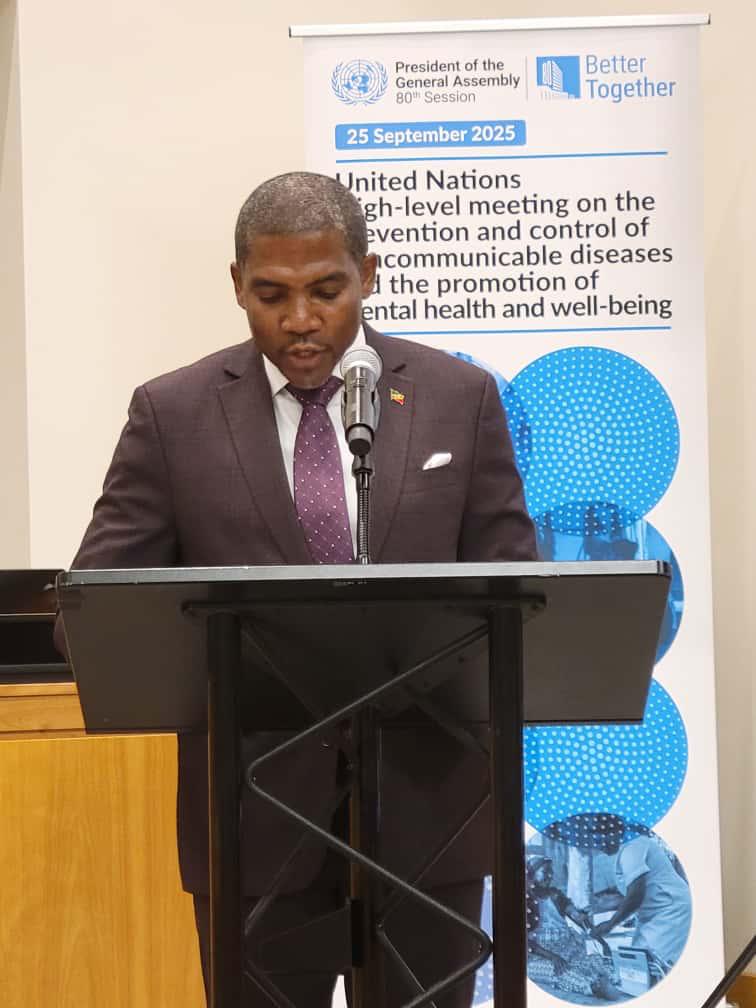Bronx Mother and Son Found Deceased, Toddler Daughter Discovered Alive in Deplorable Conditions.
The tragic demise of Lisa Cotton and her eight-year-old son, Nazir Millien, in their Bronx apartment has exposed a chilling narrative of systemic failure, neglect, and bureaucratic apathy. The discovery of their decomposing bodies alongside Cotton’s surviving four-year-old daughter, Promise, who was found starving and covered in chocolate, paints a horrific picture of a family abandoned by the very systems designed to protect them. The incident has sparked outrage and grief within the local community and the St. Kitts and Nevis diaspora, with many questioning the efficacy and responsiveness of child protective services and law enforcement.
The grim details of the scene, as described by family members and neighbors, reveal a “house of horrors” where Promise, the sole survivor, endured unimaginable trauma. Trapped for an estimated two weeks with the bodies of her mother and brother, she reportedly sustained herself by eating chocolate. The image of the young girl amidst such decay underscores the profound failure of social services to intervene despite numerous warning signs. The agonizing cries of Cotton’s father, Hubert, who discovered the tragic scene, echo the collective anguish felt by a community grappling with the senseless loss of life and the devastating impact on a surviving child.
The tragedy has ignited a firestorm of accusations against the Administration for Children’s Services (ACS) and the NYPD. Neighbors claim they had repeatedly reported concerning signs, including a foul odor emanating from the apartment and Cotton’s erratic behavior. These reports, coupled with ACS workers’ presence in the building just a day before the bodies were found, raise serious questions about the agency’s protocols and responsiveness. The police, too, are under scrutiny for failing to force entry into the apartment after a 911 call, despite the growing concerns expressed by residents. The collective inaction of these agencies, despite the clear signs of distress, tragically culminated in the preventable deaths of Cotton and Nazir.
Lisa Cotton’s history of mental illness, including bipolar behavior and suicidal ideations, further complicates the narrative. Her 2021 arrest for child abandonment after exhibiting erratic behavior in public highlights a prior instance where her mental health posed a risk to her children. This raises critical questions about why ACS allowed the children to remain in her care, despite these documented concerns and the ongoing alarm bells raised by neighbors. The repeated warnings and Cotton’s evident struggles underscore the systemic failure to adequately address her mental health needs and ensure the safety and well-being of her vulnerable children. This tragic outcome underscores the desperate need for improved mental health support and more robust intervention protocols within child protective services.
The tragedy resonates deeply within the St. Kitts and Nevis diaspora, particularly as Cotton’s father now faces the daunting task of burying his daughter and grandson while grappling with the emotional and financial burdens of this devastating loss. His grief underscores the far-reaching impact of this tragedy, extending beyond the Bronx to the Caribbean community that mourns the loss of two of their own. His plea for assistance in burying his loved ones highlights the practical challenges that often accompany such sudden and unexpected losses. The outpouring of support from the community reflects both the shared grief and the determination to ensure that Cotton and Nazir receive a dignified farewell.
The case of Lisa Cotton, Nazir Millien, and Promise has become a stark reminder of the devastating consequences of systemic failures within child protective services and law enforcement. The investigation launched by ACS, while necessary, arrives too late for Cotton and Nazir. Their tragic deaths serve as a sobering call for immediate and comprehensive reform. The numerous red flags – the neighbors’ reports, the foul odor, the history of mental illness, the prior ACS involvement, the unanswered 911 call – all point to a system that failed to protect vulnerable individuals despite ample opportunities to intervene. This tragedy demands accountability, not just for the individuals involved, but for the systems that allowed such a horrific outcome to occur. It necessitates a critical examination of existing protocols, improved communication between agencies, and increased resources for mental health support and child protection services. Only through such comprehensive action can we hope to prevent future tragedies and ensure that vulnerable families receive the support they desperately need.
Share this content:












Post Comment